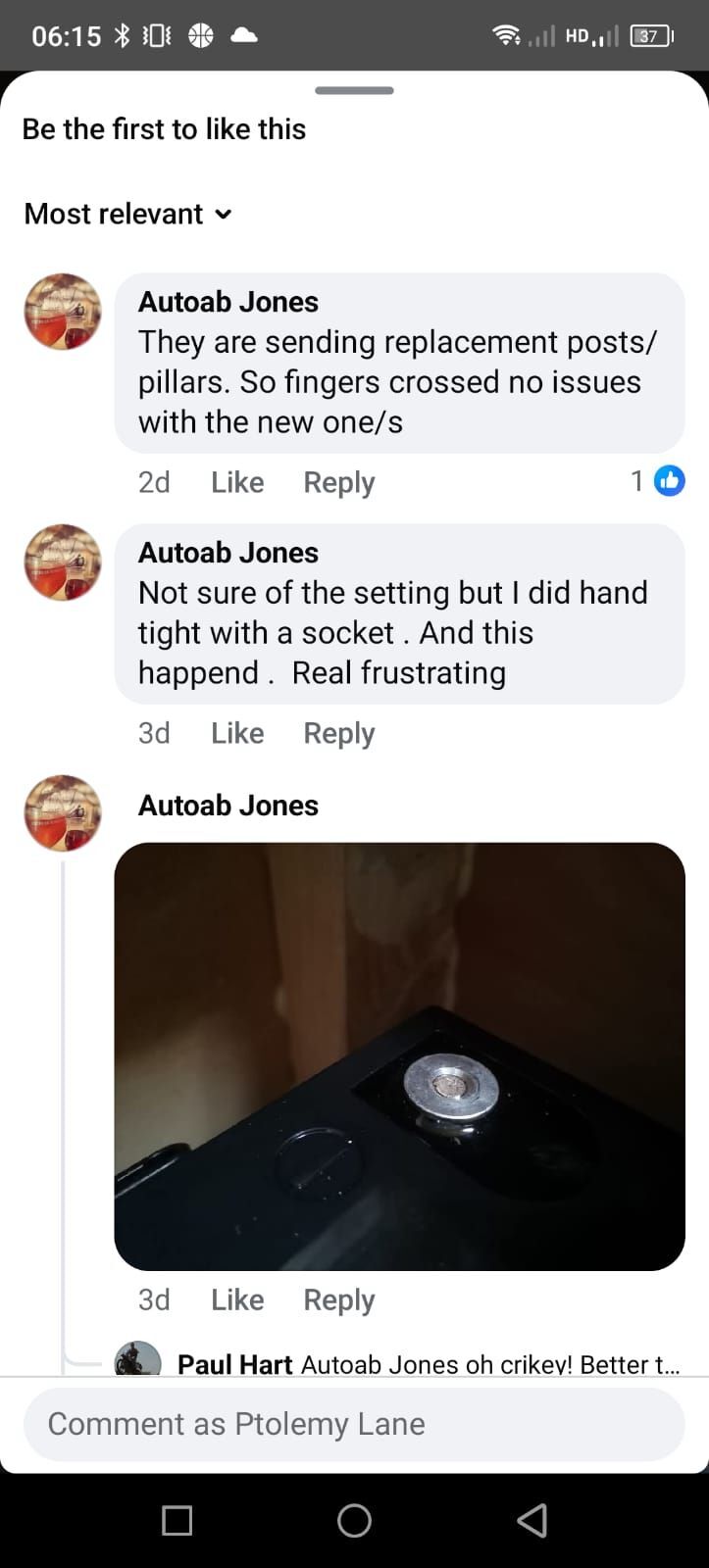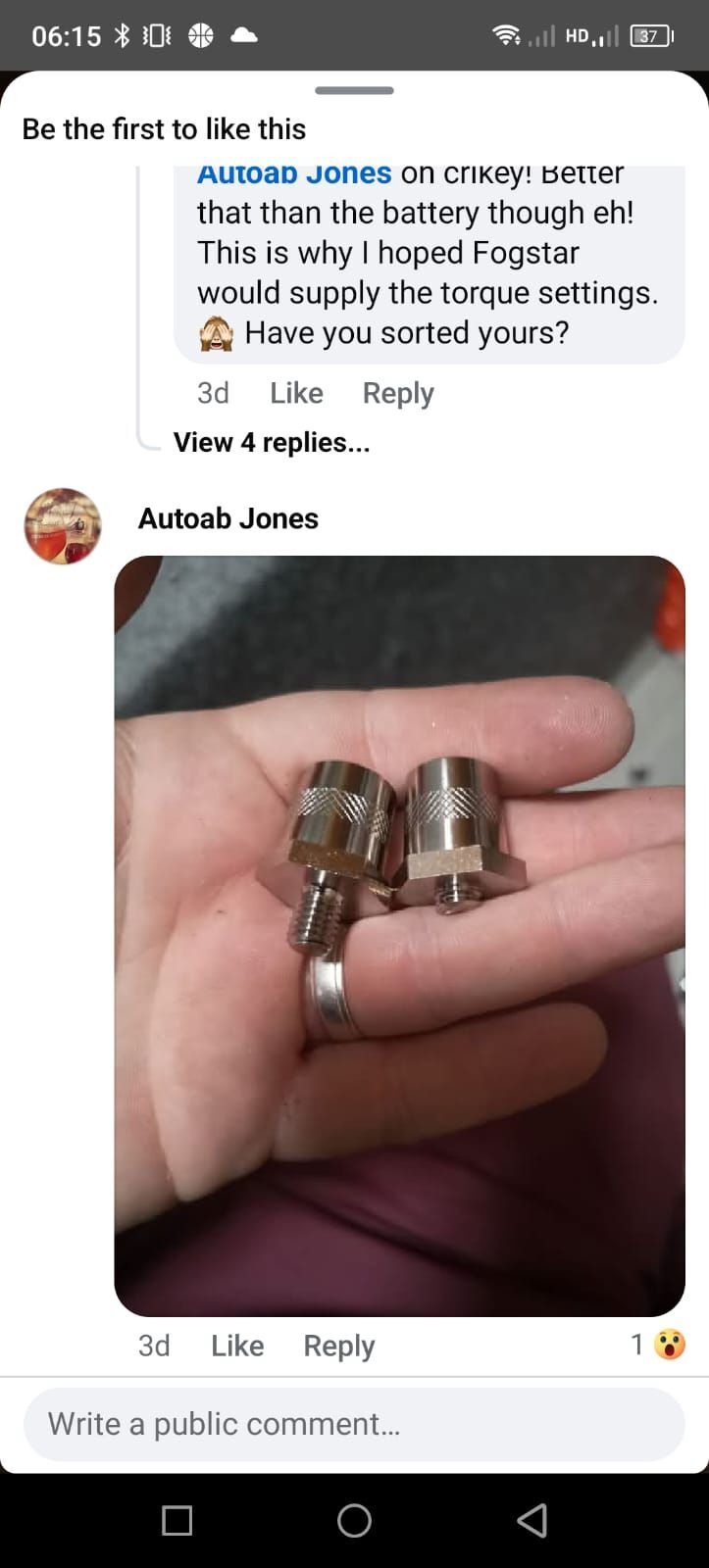Efficiency may be variable from person to person because it's dependant on how or even if a fuel gauge is used.
For example, if an accurate electronic gauge is on the wall and is easy to read then there's a fair chance the person using that system will have a better idea of how much fuel is in their tank than the person (like me) who uses a dipstick but rarely actually uses it because of the hassle of finding it, dipping it, wiping the diesel off and putting it away. In my case I hate getting diesel on my hands so I'd put on some latex gloves first too. The electronic version sounds much more efficient to me.







